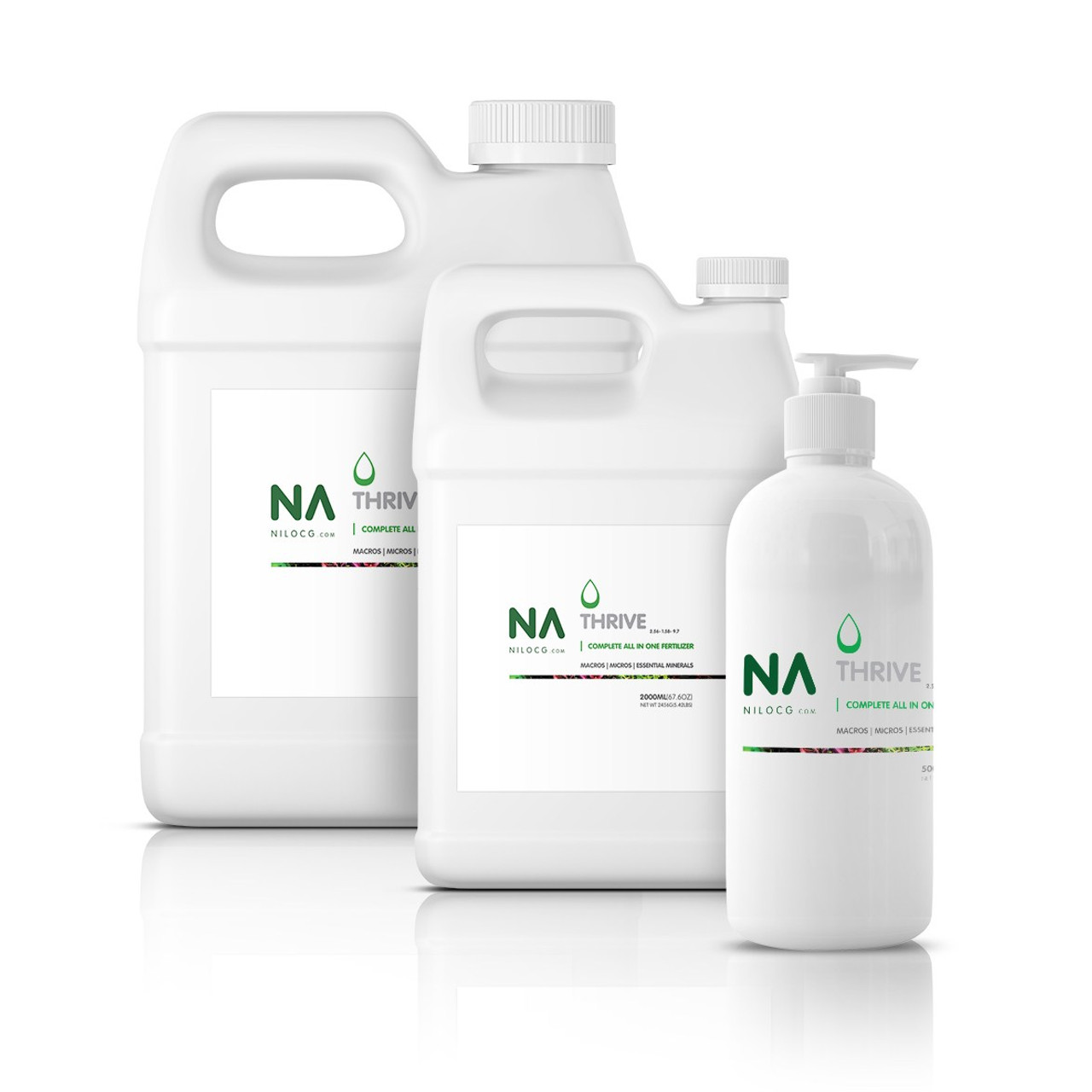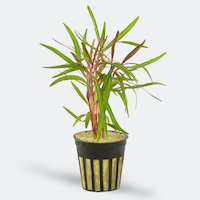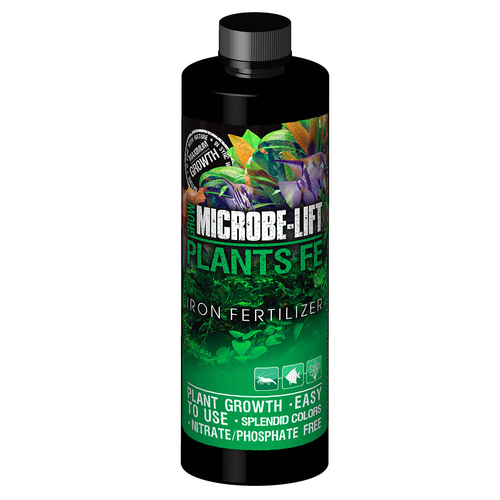Feeding Live Aquarium Plants: Micronutrients (Part II)
Posted by Artur Wlazlo on 13 Oct 2019
In Part I of this series about feeding live aquarium plants we talked about macronutrients that are necessary to successful husbandry of aquatic plants. In this Part II of the series we will talk about the so-called micronutrients.
Micronutrients are so called because they are needed in small quantities by aquarium plants. Still, they are important for healthy plant growth.
IRON. Iron is actually one of the most important micronutrients. Plants utilize iron in respiration and in production of chlorophyll, among other things. If your aquarium plants are planted in soil, sand or gravel specifically formulated for planted tanks then your plants should have sufficient access to iron present in the substrate. Planted tank substrates usually are rich in, among other nutrients, iron. However, if that is not the case, your option is to provide iron by using either liquid fertilizers or tabs like those by made by Thrive. Red plants in particular will appreciate iron fertilization which is believed necessary for their ability to produce leaves with red coloration.
MANGANESE. Aquatic plants absorb manganese through their roots and leaves. Manganese is utilized by plants in the production of chlorophyll and it also plays a role in the process of photosynthesis. While manganese is not required in large quantities, it is still important for healthy plant growth. Fortunately, manganese is usually present in sufficient quantities in tap water but, even if it is not, most good liquid aquarium plant fertilizers will have it.
ZINC. This micronutrient is important for plant’s good overall health. Plants absorb zinc through roots and leaves. Traces of zinc can be found in tap water and rich substrates. Likewise, good liquid fertilizers will contain sufficient trace quantities of zinc.
BORON. Aquarium plants need boron for strong and proper cellular and root growth, among other things. Generally, boron is found in sufficient quantities in tap  water and is also present in many liquid aquarium plant fertilizers.
water and is also present in many liquid aquarium plant fertilizers.
Other micronutrients that we should mention are nickel, chlorine, copper and molybdenum. These are required in tiny amounts and either are found in more than sufficient quantities in tap water or use of liquid fertilizers will ensure that your aquatic plants will never suffer from not having adequate access to them.
The bottom line is that, generally speaking, micronutrients are usually present in sufficient quantities in tap water. However, they are important and to ensure that your aquarium plants do not miss out on any one of them, in case your tap water does not have some of them in sufficient quantities, you should consider using a good quality liquid fertilizer.



